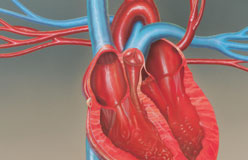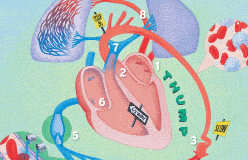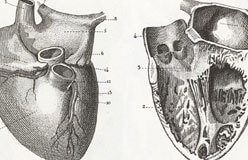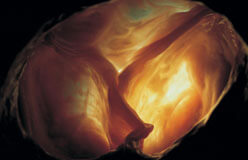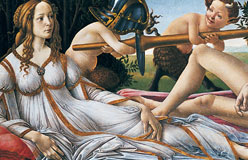Guess what? Blood vessels contain blood. That may seem obvious now, but 3,000 years ago, people thought vessels carried air or even urine.
Everything we know was built on ideas that came before us. There’s a saying: “If we achieve greatness, it is because we stand on the shoulders of giants.” The “giants” of heart medicine are doctors and scientists who worked at different times over the past 10,000 years. Some of their ideas were silly or wrong, but their discoveries made modern medicine possible.
